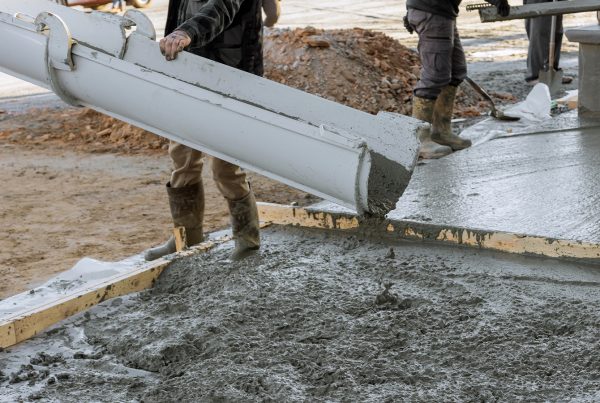
When it comes to construction projects, efficiency and cost-effectiveness are key factors that can make a significant difference in the success of a project. Tilt-up panel construction is a method that has been gaining popularity in recent years due to its numerous benefits. This innovative construction technique involves creating concrete panels on the ground and then tilting them into place to form the walls of a building. By utilizing tilt-up panel construction you can take your project to new heights in terms of speed, durability, and overall quality.
The Benefits of Tilt-Up Panel Construction
Speed and Efficiency
- Tilt-up panel construction allows for rapid construction of walls, significantly reducing the overall project timeline.
- The panels are cast on-site, eliminating the need for transportation of precast elements and reducing the risk of damage during transit.
- Once the panels are cured, they can be tilted up into place in a matter of hours, further expediting the construction process.
Cost-Effectiveness
- By reducing construction time, tilt-up panel construction can lead to cost savings on labor and overhead expenses.
- The use of local materials and labor further contributes to cost-effectiveness, as transportation and outsourcing costs are minimized.
- Due to the speed of construction, projects utilizing tilt-up panel construction can be completed faster, allowing for earlier occupancy and revenue generation.
Applications of Tilt-Up Panel Construction
Commercial Buildings
- Due to its speed and cost-effectiveness, tilt-up panel construction is commonly used in the construction of commercial buildings such as warehouses, retail centers, and office buildings.
- The flexibility of tilt-up panels allows for a variety of architectural finishes, making it a versatile choice for commercial projects.
Industrial Facilities
- Tilt-up panel construction is well-suited for industrial facilities such as manufacturing plants and distribution centers, where durability and speed of construction are essential.
- The strength and fire resistance of concrete tilt-up panels make them ideal for industrial applications that require high durability and safety standards.
Best Practices for Tilt-Up Panel Construction
Advanced Planning and Coordination
- Thorough planning and coordination are essential for a successful tilt-up panel construction project.
- Early involvement of all stakeholders, including architects, engineers, and contractors, helps ensure that the design and construction processes align seamlessly.
Quality Control and Safety Measures
- Strict quality control measures should be implemented throughout the construction process to ensure the structural integrity and longevity of the tilt-up panels.
- Safety protocols must be followed to prevent accidents during the lifting and placement of the panels, including proper bracing and securing of panels.
Conclusion
Tilt-up panel construction offers a cost-effective and efficient solution for a wide range of construction projects. By leveraging the benefits of tilt-up construction, you can take your project to new heights in terms of speed, durability, and overall quality. With careful planning, coordination, and attention to detail, tilt-up panel construction can help you achieve your project goals while staying within budget and timeline constraints.

